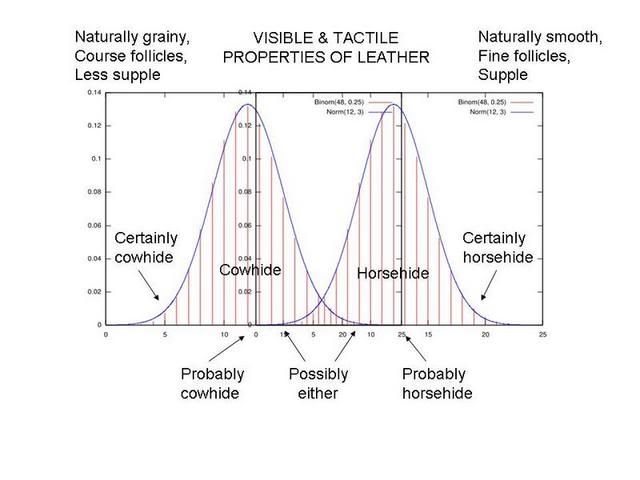Bebop
Practically Family
- Messages
- 951
- Location
- Sausalito, California
Peacoat said:Maybe I am missing the big picture here, but if horse can't be distinguished from cow, and the cow may be thicker than the horse, why the interest in spending more $$ to get the horse? Is it because the original A-2s were primarily made of horse?
I always thought the HH was smoother grained with a nicer finish, sort of like the finish I remember seeing on police motorcycle jackets. Maybe that is just the result from the method used in tanning the leather?
I have enjoyed this thread, but I'm not sure I understand everything I once thought I understood.
I could not agree more with you. Am I to understand that one can not tell the difference between horeshide and cowhide on a new Aero? Why not buy a cowhide and save a few $?



